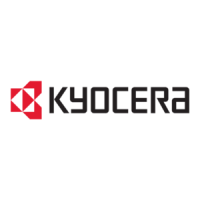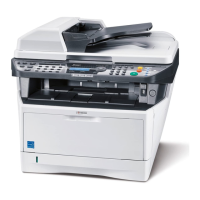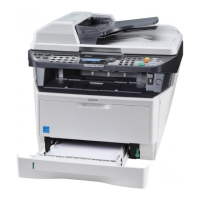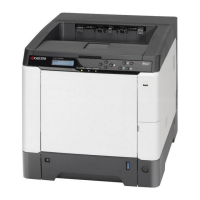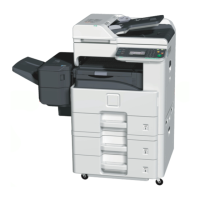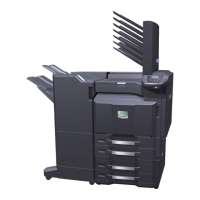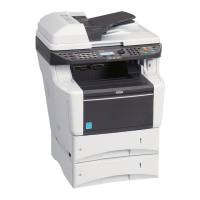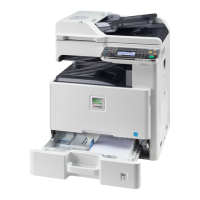Binary:
All 256 ASCII characters are accepted.
Kanji:
Practically all Kanji characters can be displayed. They must be available as two-byte
characters in JIS X 0208 shift mode. If their encoding does not comply with the rules
of the JIS Shift 0208 standard, instead of the symbol PCL Barcode Flash generates
an error message: “Unknown Kanji”.
Kanji and binary combined:
Kanji characters and non-Kanji characters are automatically combined, in which the
latter are binary encoded.
For example, if only digits occur in your data, then you should select “Numeric” and
not “Alphanumeric” or “Binary”, as the data can be compressed more in “Numeric”
mode and in some circumstances can thus be accommodated in a smaller symbol
version.
If you select “Numeric” and characters occur other that the 10 digits and similarly if
you select “Alphanumeric” and lowercase letters or special characters occur, for
example, then PCL Barcode Flash rejects the data and an error message is printed
instead of the QR Code symbol.
When selecting the encoding that best suits the application, you should know
beforehand which characters may occur in your data and what the maximum symbol
size is that is allowed. If symbol size is not particularly important for your application,
then you are on the right track if you select “Binary”. But be aware that the amount of
time needed to read larger symbols can increase dramatically depending on the
reading device.
You can also select a minimum version or a range of versions, e.g. 10 to 14. No
versions lower than 10 will then be used, not even if the base data had also been
accommodated in a lower version, and none greater than No. 14. If, as in this
example, the base data is not accommodated in version 14, PCL Barcode Flash
prints out an error message instead of a QR Code symbol. This kind of range
selection is useful, for example, for applications in which the size of the data being
encoded varies, but for the purposes of printing always having the same symbol size
is desirable for visual or legibility reasons.
What is more, you can specify the error correction level. QR Code uses the Reed-
Solomon procedure for error correction. You can choose between a proportion of the
Reed-Solomon module for error correction of 7 %, 15 %, 25 % or 30 % (approximate
values in each case). You should make this selection carefully based on the following
criteria: When accommodating data, the version that is used and therefore the
symbol size increases as the error correction level rises, consequently your space
requirement and reading speed can decrease. There again, a higher error correction
level may be recommended for poorer paper qualities or lighting conditions. The
same applies if your application depends greatly on a high first read rate. When
42
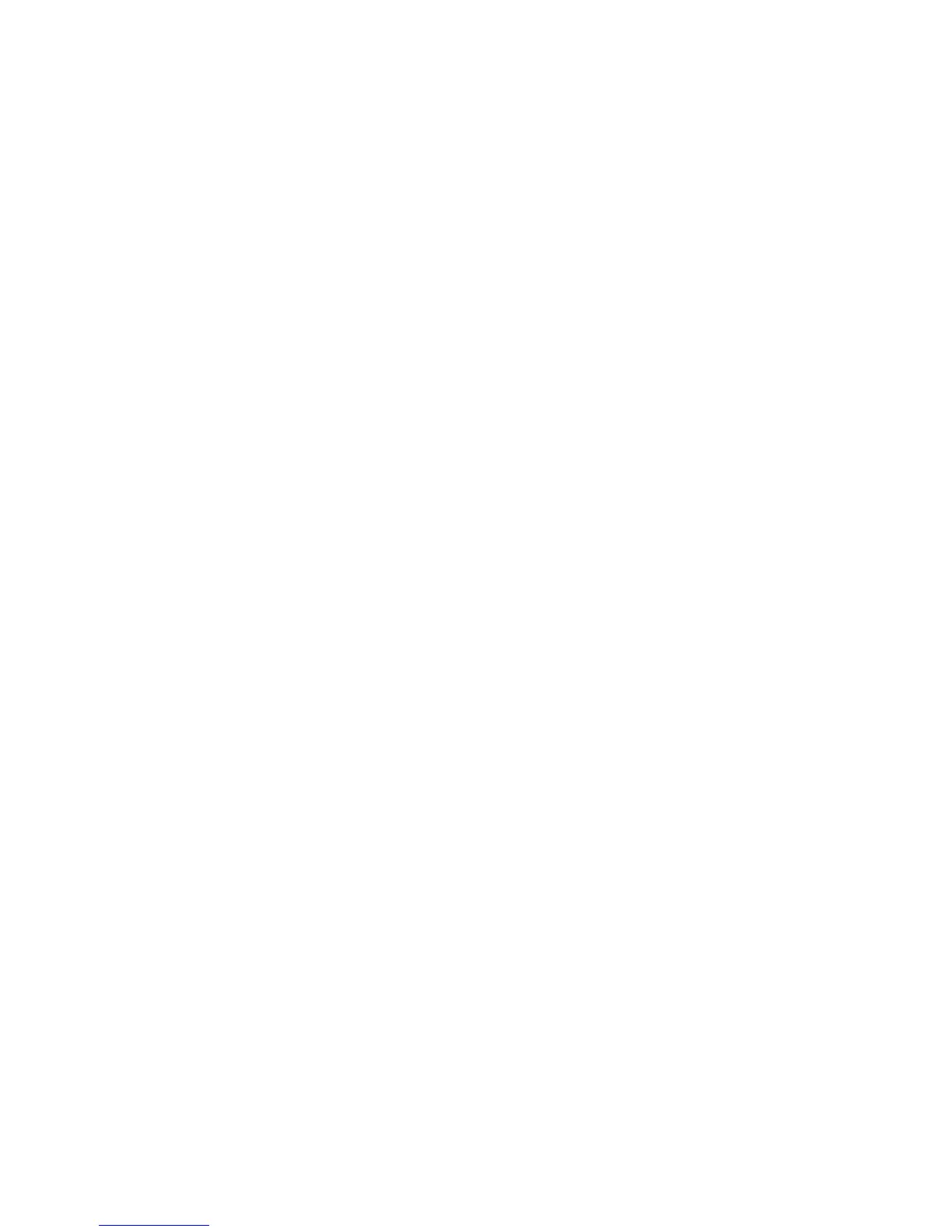